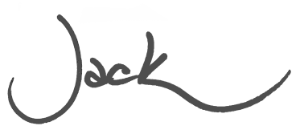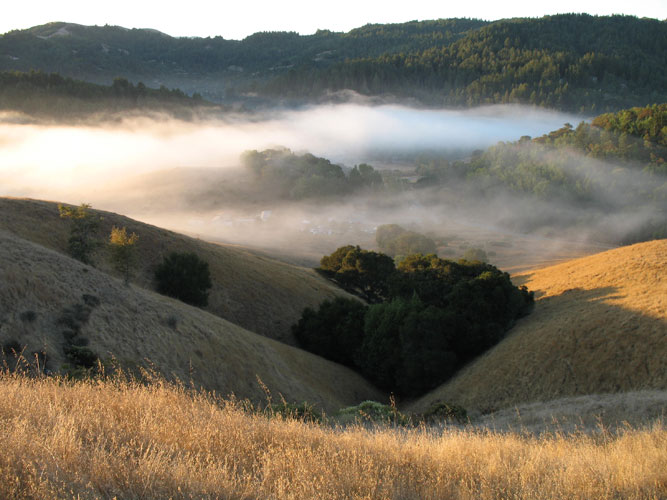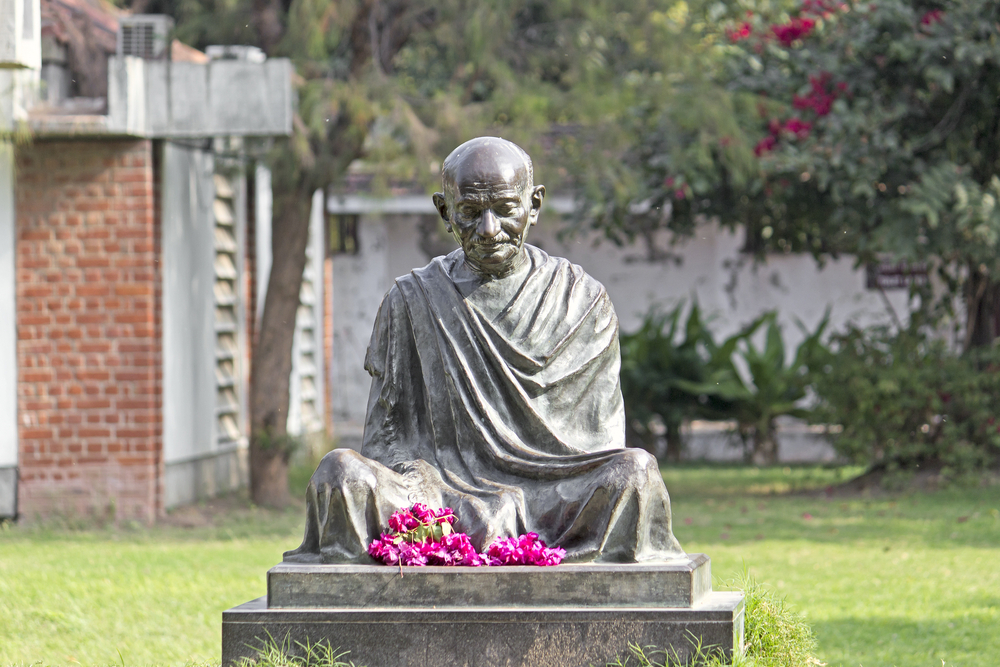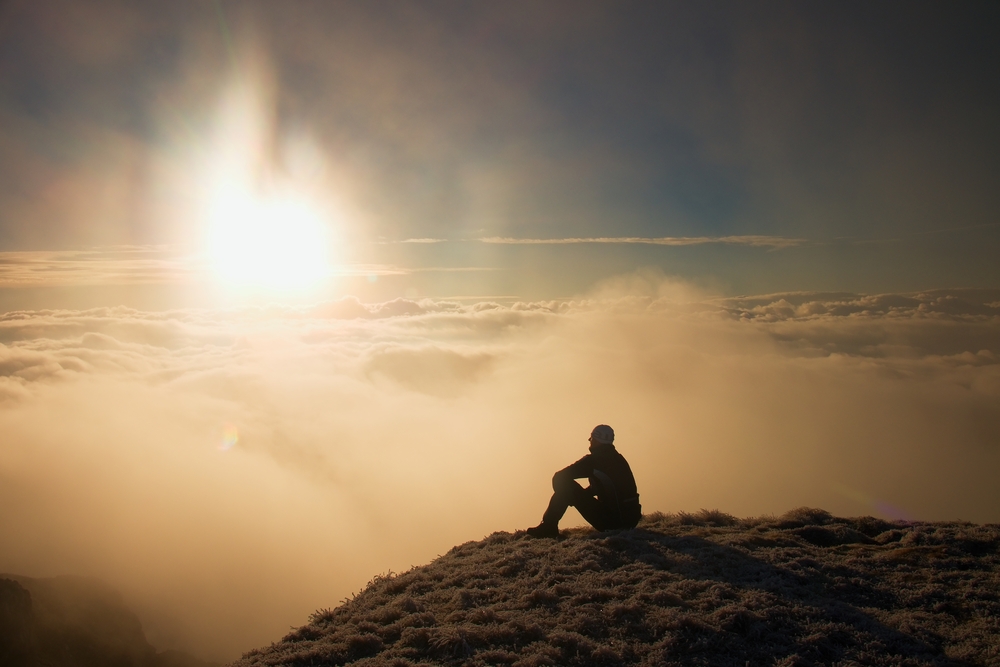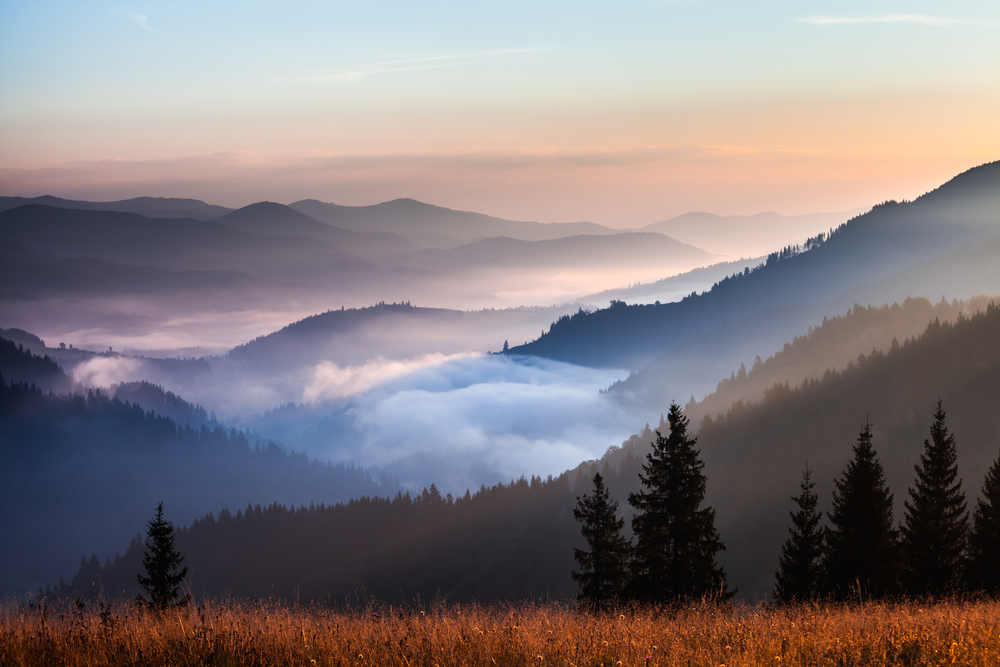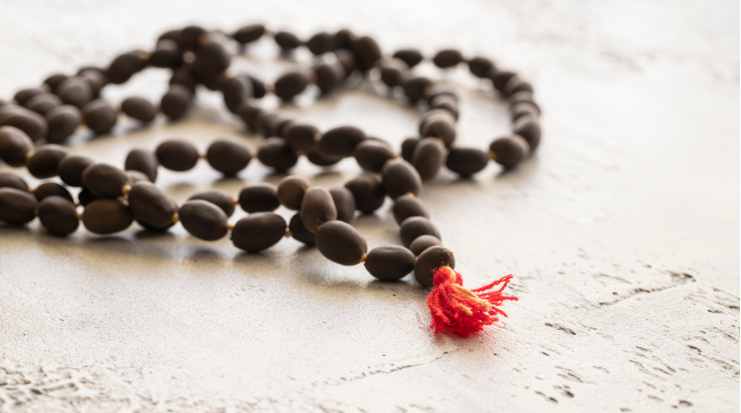Buddhist psychology is neither a path of denial nor of affirmation. It shows us the paradox of the universe, within and beyond the opposites. It teaches us to be in the world but not of the world. This realization is called the middle way. My teacher Ajahn Chah talked about the middle way every day. In the monastery we contemplated the middle way. At twilight, a hundred monks could be found seated in the open-air meditation pavilion, surrounded by the towering trees and dense green forest, reciting these original verses: “There is a middle way between the extremes of indulgence and self-denial, free from sorrow and suffering. This is the way to peace and liberation in this very life.”
If we seek happiness purely through indulgence, we are not free. If we fight against ourselves and reject the world, we are not free. It is the middle path that brings freedom. This is a universal truth discovered by all those who awaken. “It is as if while traveling through a great forest, one should come upon an ancient path, an ancient road traversed by people of former days. . . . Even so have I, monks, seen an ancient path, an ancient road traversed by the rightly enlightened ones of former times,” said the Buddha.
The middle way describes the middle ground between attachment and aversion, between being and non-being, between form and emptiness, between free will and determinism. The more we delve into the middle way the more deeply we come to rest between the play of opposites. Sometimes Ajahn Chah described it like a koan, where “there is neither going forward, nor going backward, nor standing still.” To discover the middle way, he went on, “Try to be mindful, and let things take their natural course. Then your mind will become still in any surroundings, like a clear forest pool. All kinds of wonderful, rare animals will come to drink at the pool, and you will clearly see the nature of all things. You will see many strange and wonderful things come and go, but you will be still. This is the happiness of the Buddha.”
Learning to rest in the middle way requires trust in life itself. It is like learning to swim. I remember first taking swimming lessons when I was seven years old. I was a skinny, shivering boy flailing around, trying to stay afloat in a cold pool. But one morning there came a magical moment lying on my back when I was held by the teacher and then released. I realized that the water would hold me, that I could float. I began to trust. Trusting in the middle way, there is an ease and grace, a cellular knowing that we too can float in the ever-changing ocean of life that has always held us.
Buddhist teaching invites us to discover this ease everywhere: in meditation, in the marketplace, wherever we are. In the middle way, we come to rest in the reality of the present, where all the opposites exist. T. S. Eliot calls this the “still point of the turning world. Neither flesh nor fleshless;/Neither from nor towards; . . . neither arrest nor movement.” The sage Shantideva calls the middle way “complete non-referential ease.” The Perfect Wisdom Text describes it as “realization of suchness beyond attainment of good or bad, ever present with all things, as both the path and the goal.”
What do these mysterious words mean? They are attempts to describe the joyful experience of moving out of time, out of gaining or losing, out of duality. They describe the ability to live in the reality of the present. As one teacher put it, “The middle path does not go from here to there. It goes from there to here.” The middle path describes the presence of eternity. In the reality of the present, life is clear, vivid, awake, empty and yet filled with possibility.
When we discover the middle path, we neither remove ourselves from the world nor get lost in it. We can be with all our experience in its complexity, with our own exact thoughts and feelings and drama. We learn to embrace tension, paradox, change. Instead of seeking resolution, waiting for the chord at the end of a song, we let ourselves open and relax in the middle. In the middle we discover that the world is workable.
This excerpt is taken from the book The Wise Heart
